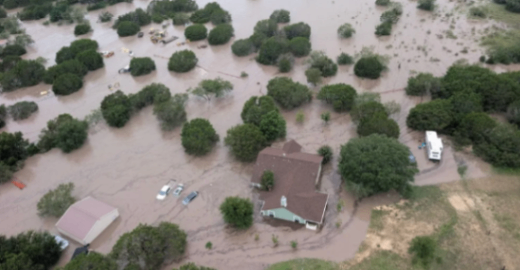
“When Texas Skipped the Sirens, People Paid With Their Lives.”
🌊 Texas Flood: Nature’s Fury or a Man-Made Disaster? In July 2025, devastating flash floods hit Texas Hill Country. While extreme rainfall triggered the event, interviews with survivors and experts reveal a deeper truth: preparedness — or the lack of it — defined who lived and who didn’t. “The rain came from the sky, but the damage was manmade.” — Hatim Sharif, UTSA environmental engineering professor, pointed to the region’s known flood risk and the failure to build sufficient infrastructure. Some towns like Hunt and parts of Bandera County had installed sirens and automated alerts in recent years. They suffered little to no human loss. “We heard the sirens and had 15 minutes to get out. Everyone survived.” — Karen McAdams, a Hunt resident. “Our system worked. That investment saved lives.” — Jose Alvarez, Bandera County. Meanwhile, places like Kerrville and Camp Mystic had no warning systems or received alerts too late. “The alert came at 7:58 AM — after the water had already rushed in.” — Rosalie Castro, who lost her nephew in Kerrville. “We had no warning. Phones were dead, power out. We woke up in water.” — Melinda Cortez, flood survivor at a campsite. Political hesitation also played a role. “We debated installing sirens years ago, but budget concerns won. That decision cost lives.” — Raymond Howard, Ingram city council member. The flood's severity was also linked to climate change. “Climate change is amplifying these storms like steroids. But it’s our systems that failed.” — Cary Burgess, weather analyst. 🔍 Key Insight Areas with early warning systems had time to evacuate and recorded zero fatalities. Areas without alerts saw deadly delays and confusion. The real divide wasn’t nature’s wrath — it was human decisions about where to invest.
jin-ovw
1
Views 36 • 21days ago
Society